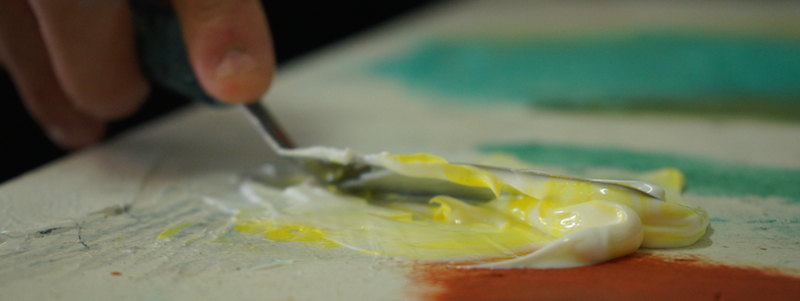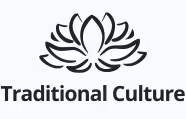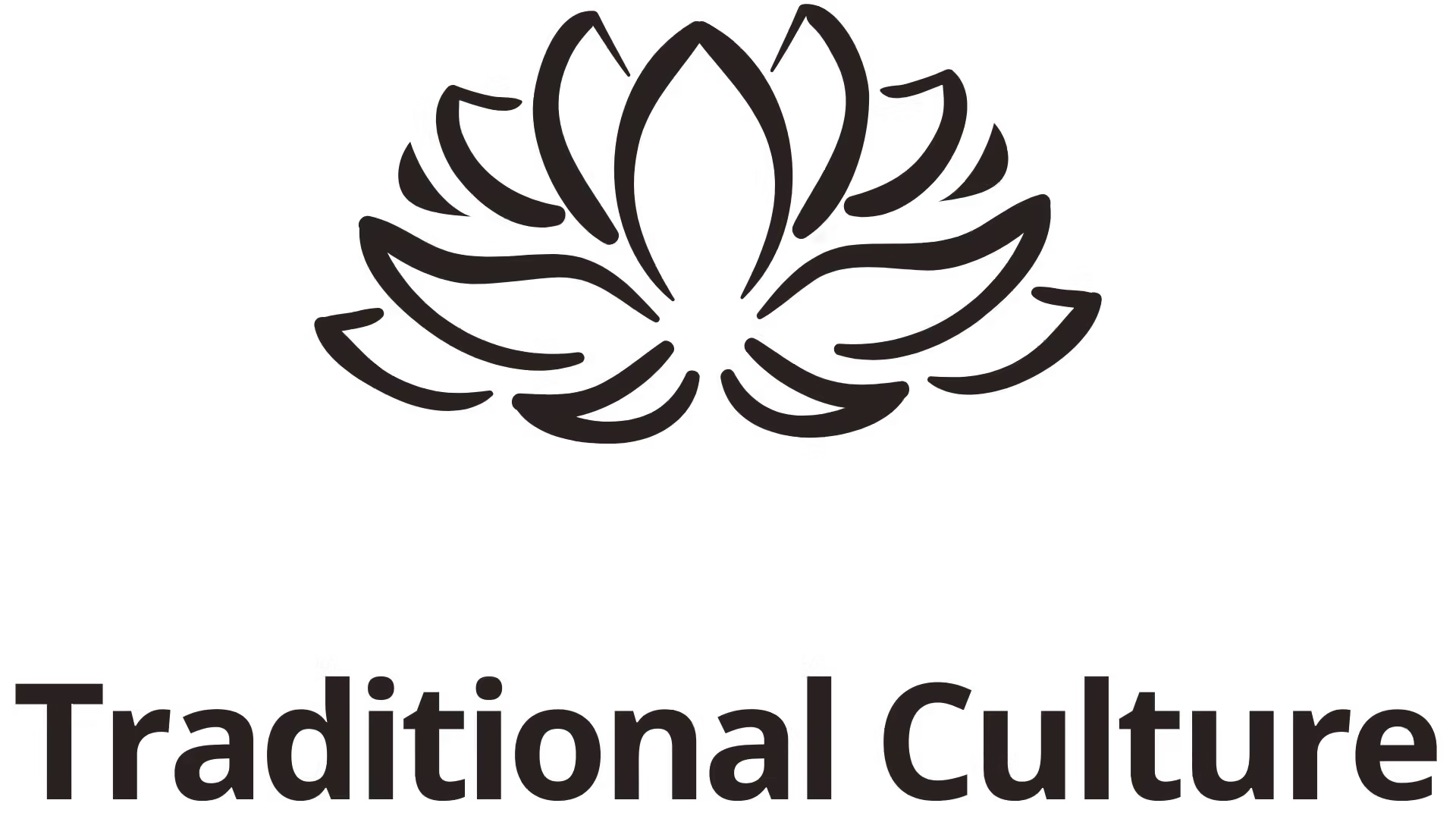Impasto, a captivating painting technique that brings depth and texture to artworks, has long been a favorite among artists seeking to infuse their creations with tangible emotion. Originating from the Italian word for “dough” or “paste,” impasto involves applying paint thickly to a surface, creating raised, three-dimensional effects that catch light and shadow in unique ways. This method goes beyond mere color application; it’s an art form that builds layers of paint to construct rich, textured landscapes on canvas. At the Museum of Modern Art (MoMA) in New York, visitors can witness firsthand the power of impasto in preserved masterpieces, showcasing the technique’s ability to convey deep emotions through layered pigments. As we delve into the world of impasto, we’ll explore its significance, methods, and the profound impact it has had on the art world and beyond.
The Evolution and Impact of Impasto in Art History

Before delving into the specific techniques and applications of impasto, it’s crucial to understand its historical context and the profound impact it has had on the art world. Impasto has evolved from a simple painting technique to a powerful means of artistic expression, leaving an indelible mark on various art movements and inspiring generations of artists.
The origins of impasto can be traced back to the Renaissance period, where artists began experimenting with thicker applications of paint to create more realistic textures and effects. However, it wasn’t until the Baroque era that impasto truly came into its own as a distinct technique. Artists like Rembrandt van Rijn and Diego Velázquez used impasto to capture the play of light on various surfaces, bringing an unprecedented level of realism and depth to their paintings.
As we move through art history, we see impasto taking on new meanings and applications. In the hands of Impressionist painters like Claude Monet and Pierre-Auguste Renoir, impasto became a tool for capturing the fleeting effects of light and atmosphere. The thick, textured brushstrokes allowed these artists to create vibrant, dynamic surfaces that seemed to shimmer with life.
The Expressionist Revolution

The Expressionist movement of the early 20th century saw impasto reach new heights of emotional intensity. Artists like Vincent van Gogh and Chaim Soutine used thick, swirling brushstrokes to convey their inner turmoil and passionate views of the world around them. Van Gogh’s “Starry Night,” with its turbulent sky rendered in thick, undulating strokes of paint, is perhaps the most famous example of impasto used for emotional impact.
In this period, impasto became more than just a technique; it was a visual representation of the artist’s psyche. The physical act of applying thick paint to canvas became a cathartic experience, allowing artists to literally pour their emotions onto the surface of their work. This approach to painting opened up new possibilities for self-expression and paved the way for the abstract expressionism that would follow in the mid-20th century.
Abstract Expressionism and Beyond
The Abstract Expressionists of the 1940s and 1950s took impasto to new extremes. Artists like Willem de Kooning and Jackson Pollock used thick applications of paint not just to create texture, but as a fundamental part of their artistic process. De Kooning’s heavily impastoed surfaces, with their layers of scraped, smeared, and reapplied paint, became a battlefield of creative energy. Pollock’s famous drip paintings, while not traditional impasto, shared the same emphasis on the physical presence of paint on canvas.
In the latter half of the 20th century and into the 21st, impasto has continued to evolve and find new applications. Contemporary artists have combined impasto techniques with new materials and technologies, creating hybrid forms that push the boundaries of what’s possible with textured paint. Some artists have even taken impasto to sculptural extremes, creating works that blur the line between painting and three-dimensional art.
Impasto in the Digital Age
Interestingly, the rise of digital art has not diminished the appeal of impasto. If anything, it has heightened appreciation for the tactile, physical nature of thickly applied paint. Many digital painting programs now include tools that simulate impasto effects, allowing digital artists to create works with virtual texture and depth. This digital impasto, while not physical, still carries the expressive power of its traditional counterpart.
Moreover, the texture and dimensionality of impasto have found new relevance in the age of social media and digital reproduction. In a world where most art is viewed on flat screens, impasto paintings offer a unique, tangible experience that can’t be fully captured in digital form. This has led to a renewed interest in experiencing art in person, where viewers can appreciate the full impact of impasto’s textural qualities.
Mastering the Techniques of Impasto

At its core, impasto is about the physical application of paint to create texture and depth. However, mastering this technique requires more than just applying thick layers of paint. It involves a deep understanding of materials, tools, and the interplay between light and texture. Let’s explore the various aspects of impasto technique and how artists can use them to create compelling works of art.
Choosing the Right Materials
The foundation of successful impasto work lies in selecting the appropriate materials. Oil paint is traditionally the medium of choice for impasto techniques due to its slow drying time and malleability. However, acrylic paints with heavy body formulations can also be effective, especially when combined with gel mediums to increase their thickness and slow their drying time.
The choice of surface is equally important. A sturdy support is crucial to handle the weight of thick paint layers. Canvas stretched over a solid frame or wooden panels are popular choices. Some artists prefer textured surfaces to start with, while others opt for smooth grounds to have complete control over the texture they create.
Brushes and painting knives are the primary tools for applying impasto. Stiff-bristled brushes can create bold, visible brush strokes, while palette knives allow for sweeping applications of thick paint. Some artists even use unconventional tools like credit cards or custom-made scrapers to achieve unique textures.
Layering and Building Texture
The art of impasto lies in building up layers of paint to create depth and texture. This process often begins with a base layer of paint, which can be thin or thick depending on the desired effect. Subsequent layers are applied while the underlying paint is still wet, allowing for blending and manipulation of the surface.
One technique involves applying a thick layer of paint and then scraping parts of it away to reveal underlying colors or textures. This can create intriguing effects of depth and can be particularly effective in landscape or abstract painting.
Another approach is to build up paint in multiple sessions, allowing each layer to dry partially or completely before adding the next. This can create a more controlled, deliberate texture and is often used in portraiture or still life painting where precise details are important.
Color and Light in Impasto
The thick, textured surface created by impasto interacts with light in complex ways, adding a dynamic quality to the artwork. Artists must consider how light will play across the surface of their painting, creating highlights and shadows that enhance the three-dimensional effect.
Color choice in impasto work is crucial. Lighter colors tend to advance visually, while darker colors recede. This effect is amplified by the physical raising of the paint surface. Artists can use this to their advantage, creating a sense of depth and movement within the painting.
Some artists deliberately leave parts of their canvas less heavily impastoed, creating a contrast between flat and textured areas. This can guide the viewer’s eye and create focal points within the composition.
Experimental Techniques
While traditional impasto involves applying paint with brushes or knives, contemporary artists have expanded the technique in many directions. Some mix materials like sand, glass beads, or other textural elements into their paint to create unique surfaces. Others use impasto in combination with other techniques like glazing or sgraffito (scratching into wet paint) to create complex, multi-layered works.
Digital artists have also embraced impasto, using specialized software and tools to create virtual textures that mimic the depth and dimensionality of physical impasto. This has opened up new possibilities for creating textured artworks in digital media.
The Psychological and Emotional Impact of Impasto
The power of impasto extends far beyond its visual appeal. This technique has a profound psychological and emotional impact on both the artist and the viewer, making it a potent tool for expression and communication in the visual arts. Let’s delve into the various ways impasto affects our perception and emotional response to artwork.
Tactile Appeal and Sensory Engagement
One of the most immediate impacts of impasto is its tactile quality. Even when viewers are not allowed to touch the artwork, the visible texture creates a sense of tactile engagement. This sensory stimulation goes beyond purely visual appreciation, activating areas of the brain associated with touch and physical interaction.
This multi-sensory engagement can create a more immersive and memorable experience for the viewer. It encourages a slower, more contemplative approach to viewing art, as the eye travels over the peaks and valleys of the paint surface, discovering new details and interplays of light and shadow.
For the artist, the physical act of applying thick paint can be deeply satisfying and even therapeutic. The resistance of the paint, the feel of the brush or knife in hand, and the immediate, tangible results of each stroke all contribute to a highly tactile and engaging creative process.
Emotional Expression and Intensity
Impasto lends itself particularly well to emotional expression in art. The bold, physical presence of thickly applied paint can convey intensity of feeling in a way that flatter applications might not. This is why impasto has been a favorite technique of expressionist painters throughout history.
The visible brushstrokes or knife marks in impasto work serve as a record of the artist’s movements, capturing the energy and emotion of the moment of creation. Vigorous, chaotic applications of paint might convey anger or turmoil, while more controlled, deliberate strokes could suggest calmness or contemplation.
Moreover, the three-dimensional quality of impasto can make abstract emotional concepts more tangible. An artist might use built-up layers of paint to represent layers of emotion or experience, or use contrasts between smooth and textured areas to express different emotional states within a single work.
Depth and Dimensionality
The physical depth created by impasto translates into a perceived depth in the artwork, adding a sense of dimensionality that can be both visually intriguing and emotionally impactful. This depth can create a sense of space for the viewer to “enter” the painting, encouraging a more immersive viewing experience.
In representational art, impasto can be used to bring certain elements forward, creating a hierarchy of importance within the composition. In abstract work, the interplay of raised and flat areas can create a sense of movement or tension, guiding the viewer’s emotional response to the piece.
Cultural and Historical Resonance
The use of impasto often carries cultural and historical connotations that can add layers of meaning to an artwork. For instance, the thick, expressive brushstrokes of Van Gogh have become synonymous with the idea of the tortured artist, adding an element of emotional backstory to works created in this style.
In contemporary art, the use of heavy impasto can be seen as a deliberate connection to art historical traditions, or as a statement about the materiality of paint in an increasingly digital world. This can evoke complex emotional responses in viewers, ranging from nostalgia to a sense of grounding in physical reality.
Challenges to Perception
Impasto can also challenge viewers’ perceptions, creating a tension between the physical reality of the paint surface and the illusion of the image. This can be particularly effective in trompe l’oeil paintings, where the contrast between flat and raised areas plays with the viewer’s sense of what is real and what is illusion.
This challenge to perception can extend to more abstract works as well, where the texture of the paint becomes a subject in itself, encouraging viewers to question their assumptions about the nature of painting and representation.
Impasto in Contemporary Art: Innovations and Future Directions
As we move further into the 21st century, impasto continues to evolve and find new expressions in contemporary art. Artists are pushing the boundaries of what’s possible with textured paint, combining traditional techniques with new technologies and materials. This section explores the current state of impasto in contemporary art and speculates on future directions for this enduring technique.
Digital Impasto and Virtual Textures
The rise of digital art has not diminished the appeal of impasto; instead, it has opened up new avenues for exploration. Digital painting software now includes sophisticated tools for creating virtual impasto effects, allowing digital artists to incorporate textured elements into their work.
These digital impasto techniques are not mere imitations of physical paint. They offer unique possibilities, such as the ability to manipulate texture independently of color, or to create impossible textures that couldn’t exist in the physical world. Some artists are exploring the intersection of digital and physical impasto, creating works that begin digitally and are then realized as physical paintings, or vice versa.
Virtual reality (VR) and augmented reality (AR) technologies are also beginning to incorporate impasto-like textures, creating immersive environments where viewers can interact with textured virtual surfaces. This opens up exciting possibilities for experiential art that engages multiple senses.
Sustainable and Eco-Friendly Impasto
As environmental concerns become increasingly pressing, some artists are exploring more sustainable approaches to impasto. This includes developing and using eco-friendly paints and mediums that achieve the thick, textured effects of traditional impasto without the environmental impact of oil-based products.
Some artists are incorporating recycled materials into their impasto work, using found objects or recycled plastics to create textured surfaces. This not only addresses environmental concerns but also adds conceptual layers to the artwork, commenting on consumption and waste in contemporary society.
Impasto in Installation and Sculptural Art
The line between painting and sculpture has become increasingly blurred in contemporary art, and impasto plays a significant role in this trend. Some artists are creating works that could be described as “painterly sculptures” or “sculptural paintings,” where impasto techniques are used to create free-standing or wall-mounted objects.
These works often play with scale, sometimes covering entire walls or rooms with heavily textured surfaces. The immersive quality of such large-scale impasto works creates powerful experiential art that engages viewers on a physical as well as visual level.
Technological Integration
Advancements in material science are opening up new possibilities for impasto techniques. Smart materials that change color or texture in response to heat, light, or touch are being incorporated into paintings, creating dynamic surfaces that evolve over time or in response to viewer interaction.
Some artists are experimenting with 3D printing technologies to create precise, controlled impasto effects that would be difficult or impossible to achieve by hand. This merging of traditional painting techniques with cutting-edge technology is pushing the boundaries of what’s possible in textured art.
Impasto in Social and Political Art
The expressive power of impasto makes it a potent tool for artists addressing social and political issues. The physicality and immediacy of heavily textured paint can lend urgency and emotional impact to works dealing with pressing contemporary issues.
Some artists use the built-up layers of impasto as a metaphor for historical or social layers, creating works that literally and figuratively have depth. Others use the tactile quality of impasto to create art that is accessible to visually impaired viewers, expanding the audience for visual art.
Cross-Cultural Explorations
In an increasingly globalized art world, artists are combining impasto techniques with traditional art forms from various cultures. This cross-pollination is resulting in exciting hybrid forms that bridge cultural and artistic traditions.
For example, some artists are incorporating impasto techniques into traditional Chinese or Japanese painting, while others are exploring how the textured surfaces of impasto can enhance or reinterpret traditional African or Indigenous American art forms.
Conclusion

Impasto, with its rich history and endless potential for innovation, continues to be a vibrant and evolving technique in the world of art. From its origins in Renaissance painting to its current manifestations in digital and installation art, impasto has consistently offered artists a powerful means of expression and viewers a deeply engaging experience.
The enduring appeal of impasto lies in its ability to bridge the gap between the visual and the tactile, creating works that engage multiple senses and evoke strong emotional responses. As we look to the future, it’s clear that impasto will continue to play a significant role in art, adapting to new technologies and societal changes while maintaining its core appeal as a means of creating texture, depth, and emotional resonance in visual art.
Whether used in traditional oil paintings, digital creations, or innovative mixed-media works, impasto remains a testament to the power of texture in art. It reminds us that painting is not just about color and form, but also about the physical presence of the medium itself. As long as artists seek to create works that engage viewers on a deep, visceral level, impasto will continue to be a vital technique in the artist’s repertoire.








